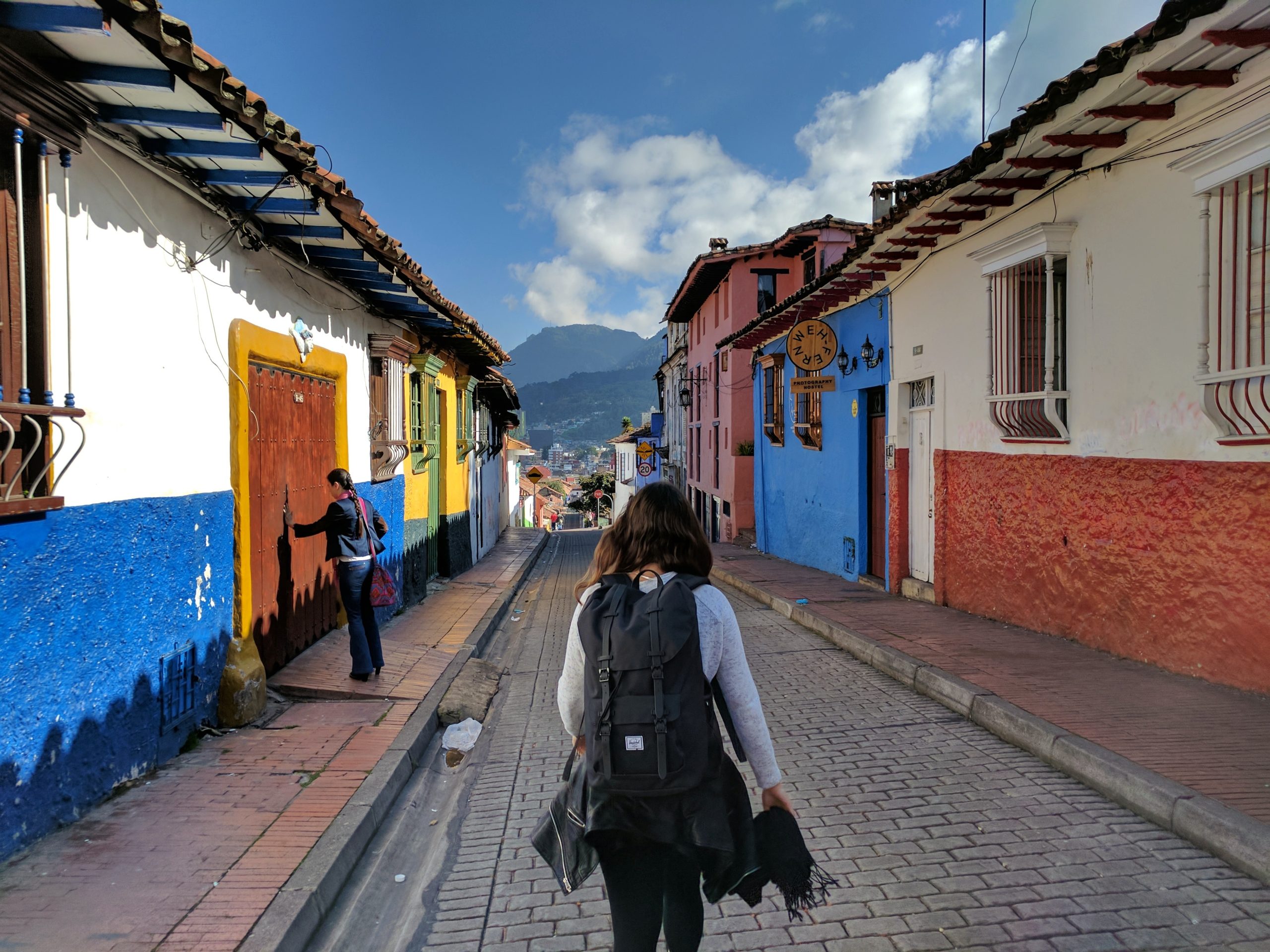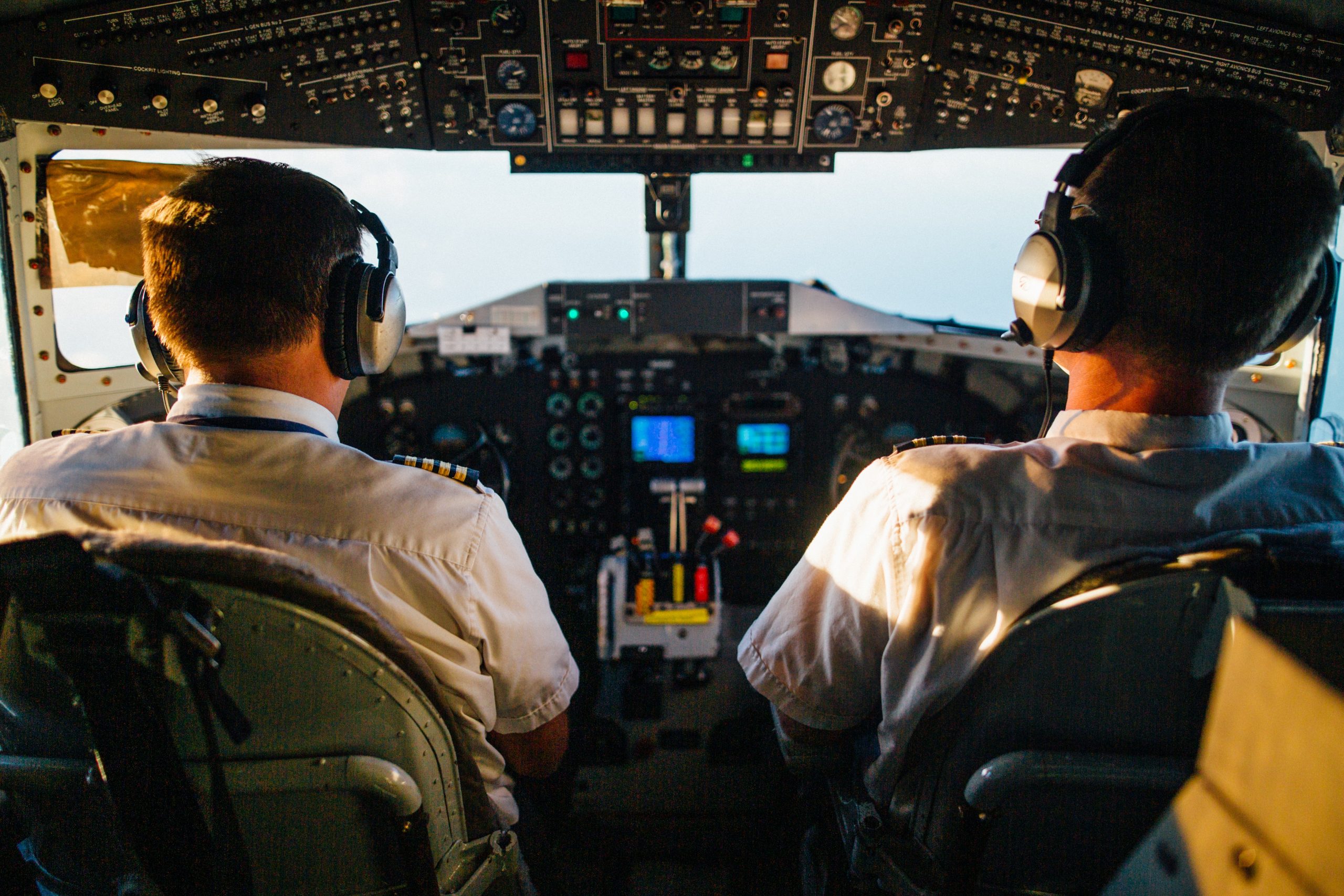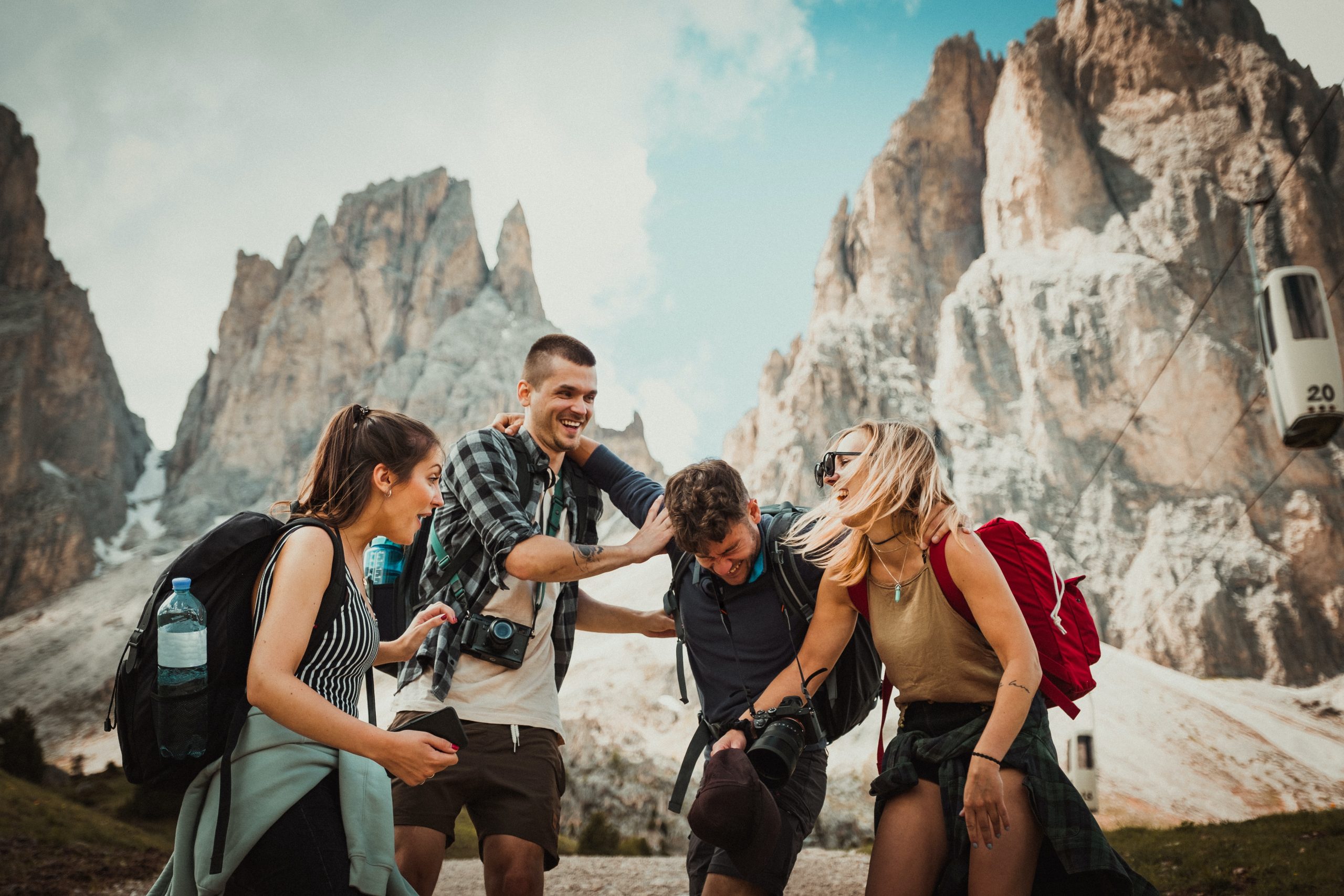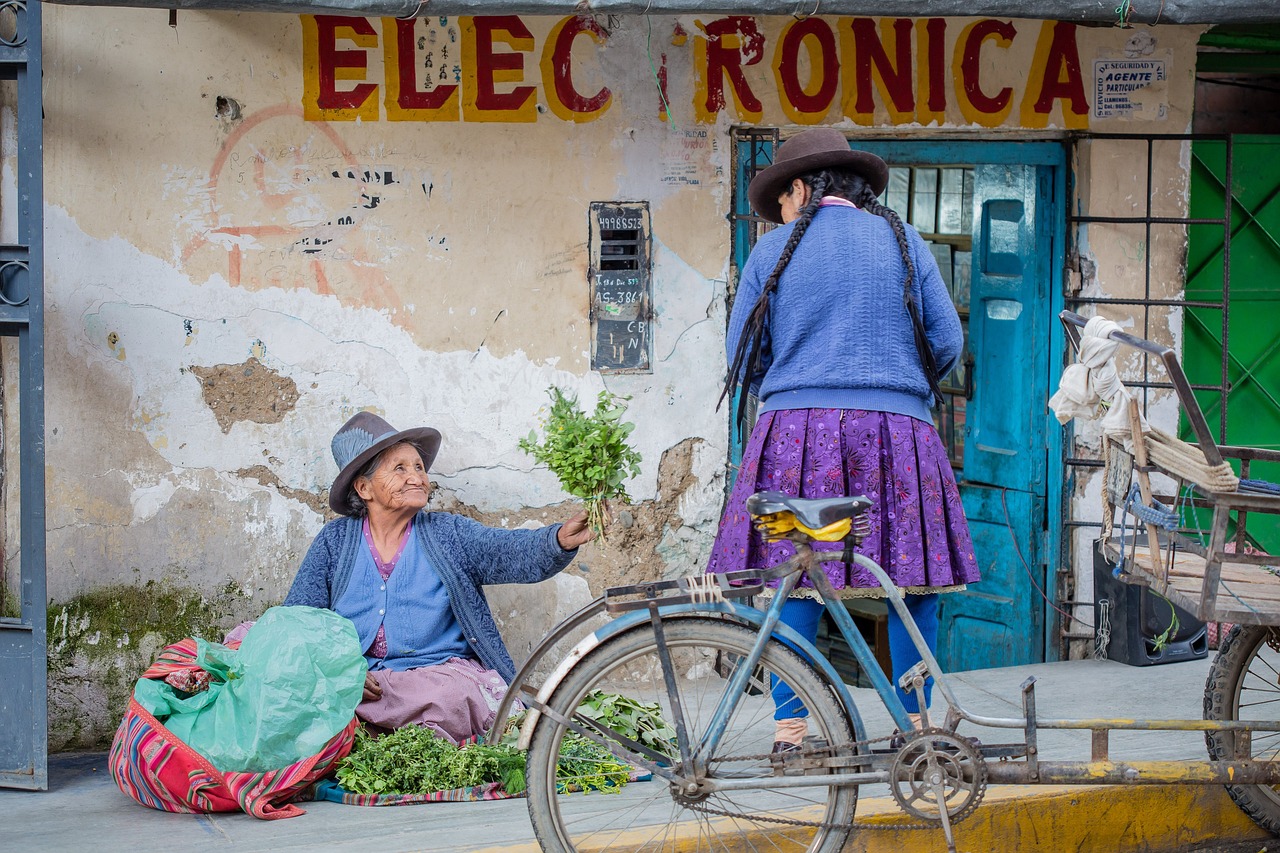Having grown up in Colombia and explored various destinations throughout South America, I have firsthand experience of the stark differences between traveling in this region and in Europe. It’s unfortunate that many people from Europe and America have reservations about traveling to South America due to prejudice, stereotypes, and negative stories. However, there is so much beauty, culture, and adventure to discover in South America. For those who are curious and excited to explore this vibrant region, I want to provide some essential tips on how to travel safely. It’s important to note that each country in South America has its own unique characteristics and considerations, but this guide will offer a general overview of the basics to keep in mind. I must emphasize that my personal experience is primarily based on Colombia, but I believe the information shared here can be applied to many other places in South America. Consider this post as a compilation of tips and insights I would gladly share with my friends to ensure they have a safe and memorable journey through destinations like Colombia.
Is South America Safe to Visit?
Yes, South America is a safe destination for travelers, provided that they take the necessary precautions and stay informed about the risk areas in each country they plan to visit.
When comparing South America to Europe, it’s important to acknowledge that the region does present certain risks. However, with careful planning and awareness, you can enjoy a safe and fulfilling trip.
According to the Global Peace Index, some of the safest countries in South America include Argentina, Uruguay, Chile, and Costa Rica. These countries have relatively low levels of violence and crime, making them popular choices for travelers seeking a safer experience. In the next tier, you’ll find Central American countries like Ecuador, Peru, Bolivia, and Paraguay, which also offer enjoyable and relatively safe travel opportunities. Finally, countries such as Colombia, Venezuela, and Brazil may have higher crime rates in certain areas, but they still offer unique experiences and attractions that can be enjoyed with proper precautions.
It’s worth noting that even within countries, safety levels can vary between regions, cities, and neighborhoods. It’s essential to stay informed about the specific risk areas and take extra care in those locations. Consulting local authorities, fellow travelers, or reliable travel resources can provide valuable insights and help you make informed decisions about your itinerary.
To gain a broader perspective on global safety, you can refer to the peace index map provided by the Vision of Humanity organization. This map offers a visual representation of the peace rankings across different regions of the world, allowing you to compare South America’s safety levels to other destinations.
Understanding the Culture
Traveling in Latin America presents unique safety considerations due to various factors. One significant factor is the socio-economic situation prevalent in many countries. Higher levels of poverty and income inequality can create economic disparities and social tensions, leading to an increased risk of theft and robberies.
Political, economic, and social challenges also contribute to the safety landscape. Some countries in Latin America have experienced political instability, corruption, and weak governance, which can impact public safety measures and law enforcement effectiveness. Social unrest and inequalities further contribute to an environment where certain unsafe behaviors may be more common or normalized.
These socio-economic and political circumstances can influence the mentality of some individuals. Limited opportunities and resources may push some people towards engaging in criminal activities as a means of survival. It’s important to recognize that such behaviors are driven by complex socio-economic factors and should not be generalized to the entire population.
Understanding these underlying factors can help travelers navigate their experiences more effectively. Being aware of the socio-economic challenges, political climate, and cultural norms can allow visitors to make informed decisions and take necessary precautions to enhance their safety. It’s important to approach travel in Latin America with an open mind, respect for local customs, and a willingness to adapt to different environments.
Risks and Fears
Traveling to South America, like any other destination, requires awareness of the potential risks and taking necessary precautions. While it’s important not to let fear dominate your trip, being informed about common risks can help you stay alert and prepared. Here are some of the main risks and concerns to be mindful of when traveling in South America:
- Street Crime: Instances of pickpocketing, bag snatching, and petty theft can occur in South American cities. Take precautions such as securing your belongings, using bags with anti-theft features, and avoiding displaying wealth or expensive items.
- Drug-Related Crimes: Some border regions of South America may have drug-related criminal activities. It’s essential to avoid engaging in or associating with illegal drug activities, as the penalties can be severe and personal safety risks high.
- Sexual Harassment and Assault: Unfortunately, instances of sexual harassment and assault can occur in any destination, including South America. Trust your instincts, maintain personal boundaries, and seek help if needed.
- Public Transportation Safety: Exercise caution when using public transportation, especially in larger cities, as overcrowding and pickpocketing can be concerns. Keep a close eye on your belongings and follow local safety recommendations.
- Scams and Tourist Targeting: Tourist areas can be attractive to scammers who may attempt to overcharge or deceive travelers. Be vigilant, research common scams, and be cautious when dealing with unfamiliar individuals or businesses.
- Health Risks: Different countries in South America may have specific health risks, including altitude sickness, food poisoning from street food, undrinkable water, and diseases transmitted by mosquitoes. Be cautious about what you eat and drink, and consider necessary vaccinations or preventive measures.
Do Your Research
Doing thorough research before your trip to a specific country in South America is essential for a safe and enjoyable experience. Here are some key areas to focus on:
- Learn from others: Seek out firsthand experiences from fellow travelers who have visited the country you’re planning to explore. Their insights can provide valuable information about the local environment, safety concerns, and practical tips.
- Know the laws and regulations: You don’t want to end up in jail for flying a drone in Cuba. Familiarize yourself with the relevant laws and regulations of the country you’re visiting. Understanding local regulations regarding activities like flying drones, photography permits, or transportation rules can help you avoid unnecessary legal issues.
- Price awareness: Don’t let ‘em charge you 10$ for mangos! Get an idea of the regular prices of common products or services in the country. This knowledge will help you identify potential scams or overcharging by vendors or taxi drivers.
- Be aware of unsafe areas: It’s always important to consider where you are. Research and identify any neighborhoods or areas known for safety concerns. Knowing which places to avoid can minimize the risk of encountering dangerous situations or becoming a target for petty crimes. Touristic hotspots tend to be safer than other urban areas. And urban areas tend to be safer than small towns or rural areas.
- Understand the political and economic situation: Stay informed about the current political and economic climate of the country you’re visiting. This knowledge can provide insights into potential unrest or demonstrations that may impact your travel plans.
- Check the weather conditions: South America’s diverse geography means that weather conditions can vary significantly from region to region. Stay updated on the weather forecast and prepare accordingly, especially if you plan to engage in outdoor activities or venture into natural landscapes.
- Cultural customs and traditions: Researching and understanding the local customs, traditions, and social norms can help you navigate the cultural landscape with respect and avoid unintentionally offending locals.
Safety Tips
- Avoid displaying valuables in public and keep them securely stored.
- Be aware of your surroundings and research the safety reputation of the areas you plan to visit. Avoid walking alone in the streets at night (regardless of location).
- Avoid public transportation. Use authorized taxis or reputable ride-sharing services like Uber. And even better if you can rent a car.
- Carry copies of your identification documents and keep them separate from the originals.
- Purchase comprehensive travel insurance to ensure coverage for any unforeseen circumstances.
- Stay updated on the travel advisories and recommendations provided by your country’s Ministry of Foreign Affairs.
- Utilize reliable accommodations and seek advice from staff about safe areas and potential risks.
- Consider hiring local tour guides for a more enriching experience and valuable safety insights. Your experience will be a lot better and you can save their contact in case of emergency. They usually will answer any question you have about the place, suggest local places you should visit and give you the most accurate safety tips.
- Trust your instincts and remove yourself from any situation that feels unsafe or uncomfortable.
- Minimize the amount of cash and valuables you carry with you, and secure them in a safe or hotel room.
- Be cautious of scams and always double-check prices or deals before making purchases.
- Ensure you have access to reliable data and communication services throughout your journey.
- Keep your friends and family informed about your whereabouts and regularly check in with them.
- Never leave your belongings unattended, remain vigilant of your personal belongings, particularly in crowded public transportation or tourist spots. At the beach in Saint Tropez you can definitely leave your bag and jump in the water, never do this in South America. There is a very high chance your things will be stolen.
- If you don’t speak the language, learning basic phrases or use translation apps to facilitate communication.
- Respect local customs, dress appropriately, and be sensitive to cultural norms to avoid causing offense.
- Prioritize food and water safety by consuming bottled water and opting for well-cooked meals in hygienic establishments.
Time to Plan Your Trip to South America
Congratulations! You’re now equipped with valuable insights and practical tips to ensure a safe and enjoyable journey through South America. It’s time to embark on your adventure and explore the wonders this vibrant continent has to offer. Remember, thorough research, cultural sensitivity, and staying informed about each specific country are essential to make the most of your trip.
While it’s important to be mindful of safety considerations, don’t let fear overshadow the excitement and discovery that lie ahead. With proper preparation and a respectful approach, you’ll navigate through South America with confidence, creating unforgettable memories and forging connections that transcend borders.
As you plan your itinerary, delve into the unique cultures, awe-inspiring landscapes, and incredible history that await you. Immerse yourself in the rich tapestry of South America, savor the flavors of local cuisines, and embrace the warmth and hospitality of the people you encounter along the way.
So book your flights, and get ready for an extraordinary journey through the captivating lands of South America. It’s time to embark on an adventure that will leave you with a deep appreciation for the region’s diversity, resilience, and boundless beauty. Like we say in Colombia: “The risk is wanting to stay”.








Deja una respuesta